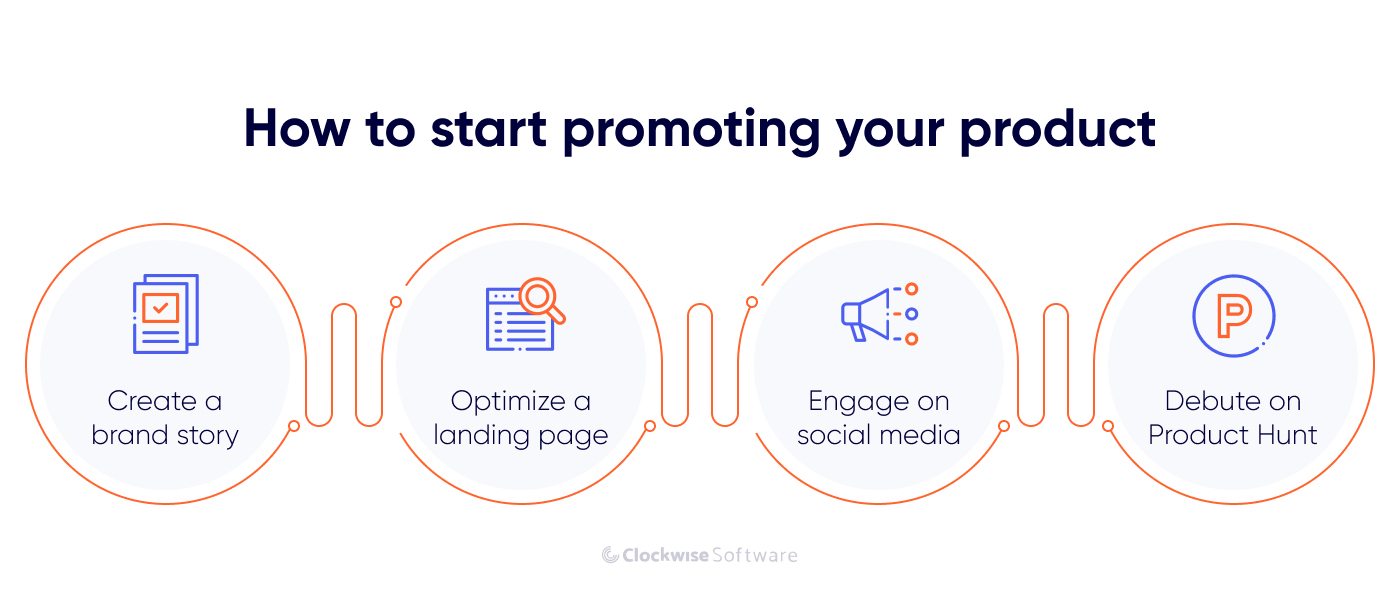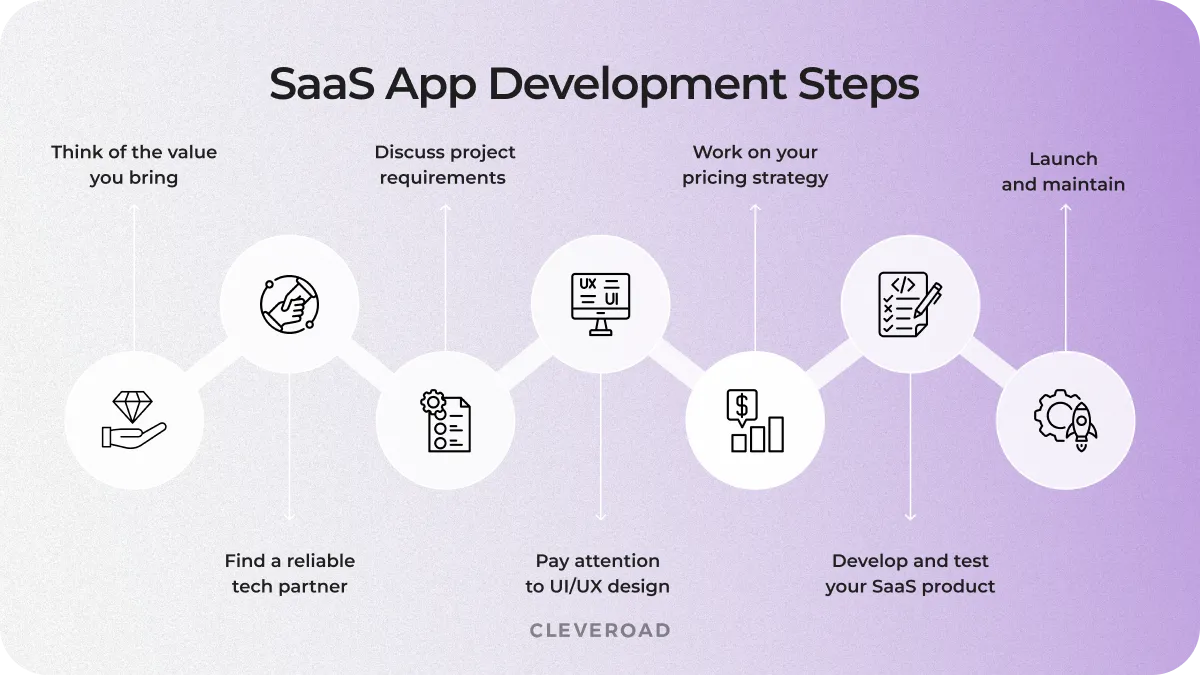Launching your own SaaS (Software as a Service) product is one of the most exciting journeys a web developer can take. It blends creativity, technical skill, and entrepreneurship. In this post, we’ll walk through how to go from idea to launch step by step.
The first step is ideation. You need a problem worth solving. Look around your work life—what’s inefficient, frustrating, or missing? Once you have an idea, validate it. Talk to potential users. Build a simple landing page describing your idea and see if people sign up. Validation isn’t just about gathering interest—it’s about proving people will pay. Add a pricing section or pre-order option to your landing page. This gives you tangible data about the potential market and shows your idea has legs.
Once your idea is validated, map out your MVP (Minimum Viable Product). Resist the urge to overbuild. Focus on delivering the core functionality that solves the main problem. Everything else can come later. Choosing the right tech stack is crucial. If you’re a solo developer, tools like Bubble or Firebase are perfect for MVPs due to their ease and speed. For those familiar with traditional stacks, frameworks like React or Vue.js also offer rapid development paths.
Design plays a key role in user experience. Start with wireframes and user flows. Tools like Figma or Adobe XD help you plan your interface without writing code. A clean, intuitive design can differentiate you from competitors. Once your design is solid, move into development. Keep the build modular. Use components that can be easily reused or swapped out later. Write clean, documented code to avoid future technical debt.

Testing is often underestimated. Test early, test often. Get feedback from beta users to catch usability issues, bugs, and performance lags. Use platforms like TestFlight or open betas to invite real users. Pricing models vary widely—freemium, one-time payment, tiered subscriptions. Consider your user base and what makes sense for the problem you’re solving. Don’t undervalue your product, but remain flexible as you learn.
Once you’re confident, it’s time to launch. Choose platforms like Product Hunt, Indie Hackers, and relevant subreddits to announce your product. Use your personal and professional networks to gain traction. During your launch, provide live support if possible. Be available to answer questions, help with signups, and fix urgent bugs. This builds trust and shows you’re invested in the user experience.
After launch, it’s all about iteration. Use analytics tools like Google Analytics or Hotjar to monitor behavior. See where users drop off, which features they use most, and where you need to improve. Customer support is a key to retention. Use chatbots, email automation, and feedback forms to stay connected with your users. Build a knowledge base or FAQ section to reduce friction. Marketing doesn’t stop after launch. Keep a steady stream of content through blogs, newsletters, or YouTube. SEO takes time but pays off in the long run. Paid ads can give you an initial boost if budget allows.
Keep refining your roadmap. Prioritize features based on user demand, not personal preference. Transparency with users helps manage expectations and builds loyalty. Security and privacy are non-negotiables in SaaS. Make sure to implement encryption, backups, and data protection practices. Users trust you with their data—earn that trust. Scaling may eventually require migrating to more robust infrastructure. Use modular architecture and scalable services like AWS or DigitalOcean to avoid being locked in.
Community building can elevate your product. Encourage discussions, host webinars, or create user groups. Loyal communities lead to organic growth and reduce churn. Measure success using metrics like MRR (Monthly Recurring Revenue), churn rate, and customer acquisition cost. These guide your decision-making and help attract investors if you scale.
Lastly, enjoy the journey. The SaaS path is full of challenges and learning. Stay passionate, stay agile, and keep solving real problems.


